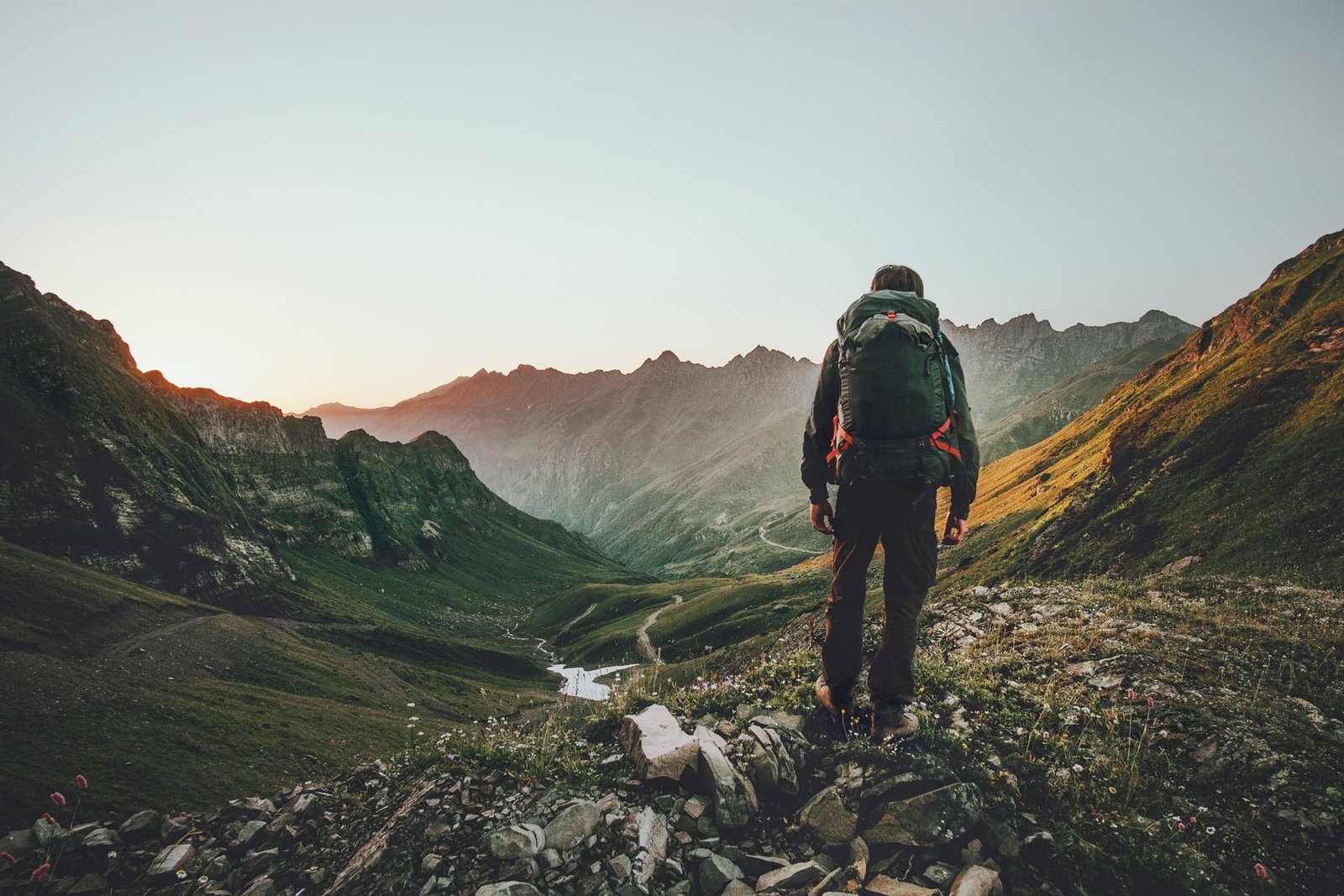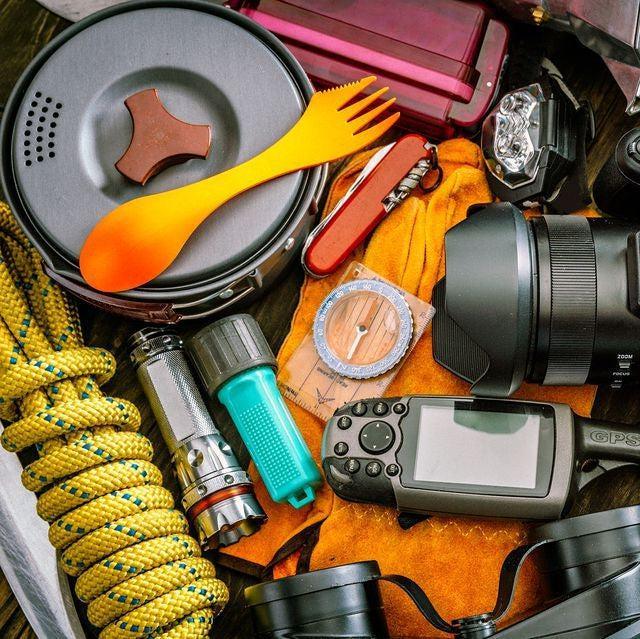Food and Water FAQ
Survival Kit and Food Supply
Q: Can a family of four survive for a year with a well-planned survival kit?
A: It depends on the size of the survival kit and the resources it contains. A well-planned survival kit can provide a family with the necessary supplies to survive for an extended period, but it is important to continually replenish supplies as they are used up.
Legalities of Hunting and Gathering
Q: Is it legal to hunt and gather food in a survival situation?
A: Laws regarding hunting and gathering food in a survival situation vary by location. In some areas, it may be legal to hunt and gather food for survival purposes, while in others, it may be illegal without proper permits. It is important to research local laws and regulations before attempting to hunt or gather food in a survival situation.
Sustainable Food Sources
Q: How can I create a sustainable food source in a survival situation?
A: There are several ways to create a sustainable food source in a survival situation, such as starting a garden, raising livestock, and fishing. It is important to have a variety of food sources and to learn how to store and preserve food for the long term.
Acquiring and Preserving Food
Q: What are the best ways to acquire and preserve food during a survival situation?
A: The best ways to acquire and preserve food during a survival situation include hunting, fishing, trapping, and growing your own food. It is also important to learn how to properly store and preserve food through methods such as canning, drying, and smoking.
Security and Defense
Q: How can I protect my family from looters or other threats during a disaster?
A: To protect your family from looters or other threats during a disaster, it is important to have a secure location or shelter and to have the means to defend yourself and your family. This can include having a firearm or other self-defense tools, as well as implementing security measures such as cameras, alarms, and fortified entrances.
Water Storage and Collection
Q: How much water should I store in my survival kit?
A: The amount of water you should store in your survival kit depends on several factors, including the size of your family, the climate you live in, and the length of time you need to be prepared for. As a general rule, it is recommended to store at least one gallon of water per person per day for at least three days.
Rainwater Collection
Q: What is the best way to collect and store rainwater for survival?
A: The best way to collect and store rainwater for survival is to use a collection system such as a rain barrel or cistern. The collected water should be filtered and purified before consumption to ensure it is safe to drink.
Finding Safe Water Sources
Q: How can I find safe sources of water in the wild?
A: Safe sources of water in the wild include springs, streams, and rivers. It is important to filter and purify the water before consumption to avoid contamination.
Water Purification Methods
Q: What are some common water purification methods for survival situations?
A: Common water purification methods for survival situations include boiling, using water purification tablets, using a water filter, and using ultraviolet light to sterilize water.
Long-Term Storage and Freshness
Q: How long can water be stored for in a survival situation?
A: Water can be stored for an indefinite amount of time if it is stored properly in a clean, airtight container. It is important to rotate stored water every six months to ensure it remains fresh.
Long-Term Food Storage
Q: What types of food are best for long-term storage in a survival situation?
A: Foods that are best for long-term storage in a survival situation include grains, beans, pasta, canned foods, and dehydrated or freeze-dried foods.

American Survivalist Insider
Join our community and be the first to receive expert survival guides, exclusive product releases, limited-time discounts, and the latest news and trends in emergency preparedness.

